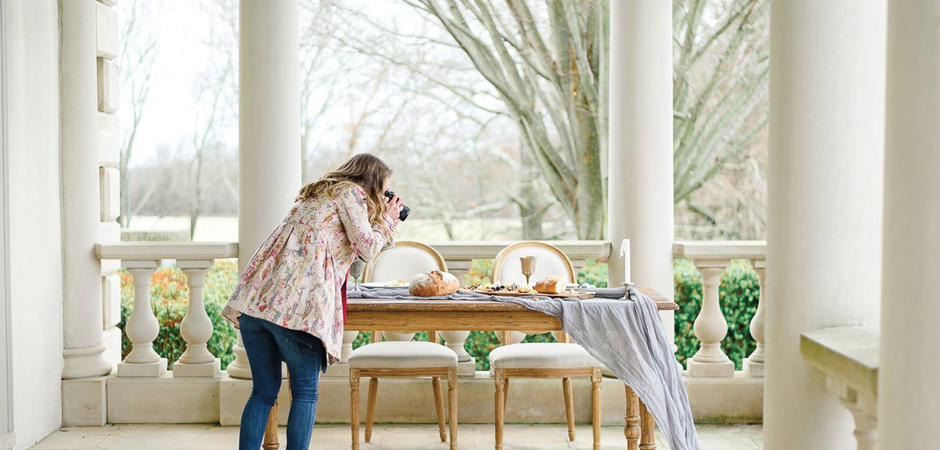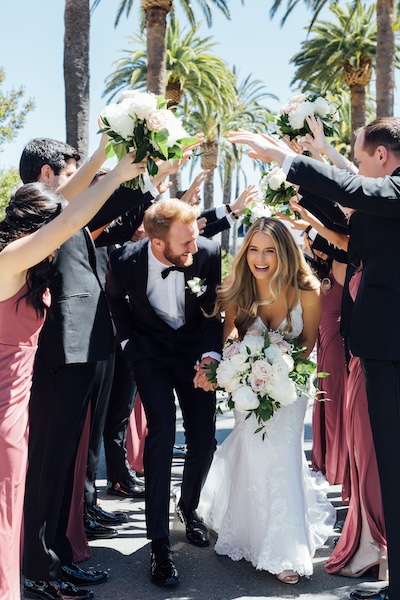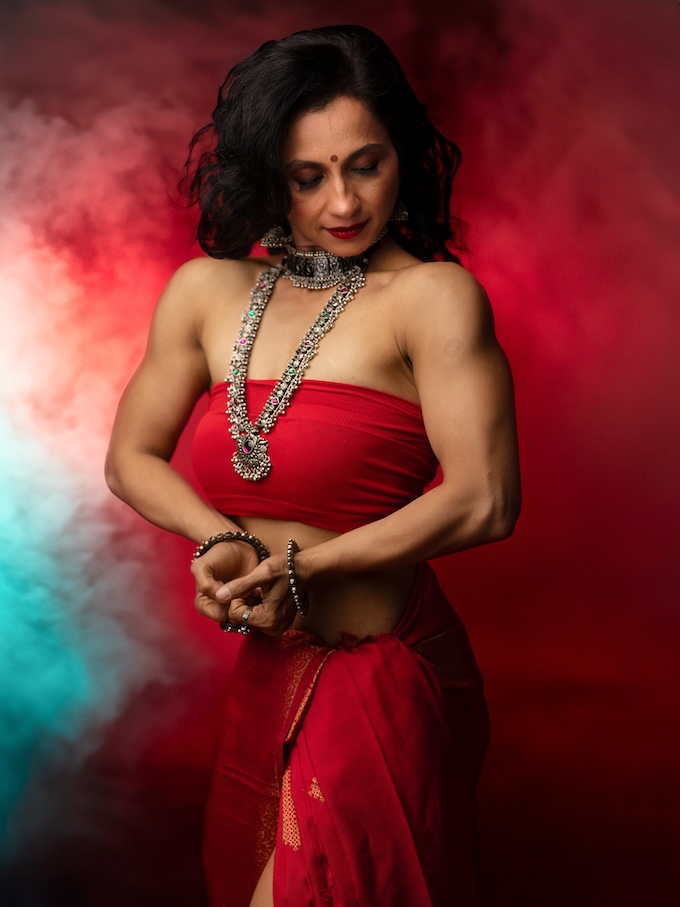Business + Marketing
In Hollywood, 4 percent of directors, 3 percent of cinematographers and 18 percent of producers are female.
The wedding photo industry is only slightly more gender-balanced. While an increasing number of women are celebrated photographers—over half of Rf’s 30 Rising Stars of Wedding Photography were female in 2018—wedding filmmaking is still largely produced by men.
Why is that?
For one, filmmaking is perceived as being more technically difficult than photography, and some men can be hostile to women who ask gear-related questions, according to the three female wedding filmmakers we spoke to—Meg Simone, Rachael Curry and Emma Wilson. This especially happens on social media, they note, particularly in Facebook groups. But there are other reasons, such as a historic barrier to entry and a lack of a supportive training community, that have prevented women from becoming filmmakers since the gear hit the market. But all of this is changing.
We asked Simone, Curry and Wilson to discuss how they got into the industry, what challenges they have faced, and how they are ensuring that the future of wedding filmmaking is more gender-equal than in years past.
It’s in Their Blood
All three of these filmmakers knew from a young age that this is the job they wanted.
Meg Simone, who’s based in Intervale, New Hampshire, first picked up a camera when she was in the sixth grade. Filmmaking was a family tradition. A wealthy uncle of hers had filmed Simone’s grandparents getting married in 1940, using a Super 8 camera and color film, a rare document that has been preserved over the generations. Simone also has a copy of her parents’ wedding film from 1974. She uses both to show her clients how precious a wedding film can be for decades to come. They also serve to highlight what early films lacked, such as sound and dialogue, to show how her own films are an improvement.
In college, Simone interned at a local television station. When she wasn’t producing video content for the station, she made films about skiing and snowboarding, sports that were popular in the resort town where she grew up. After getting asked to shoot a colleague’s wedding in 2000, she discovered that she loved filming weddings above all other events.
“Because it’s a live event, there are no retakes, and I don’t have to storyboard anything,” Simone says. “I have to be a little detective on the wedding day to film and gather all the clues piece by piece. I recraft the story better than it happened in real life so that my clients can relive their day even better than they remember.”
Emma Wilson, of Story of Your Day, also began her career in television; she was a video journalist for the BBC in the UK, where she filmed, produced, edited and starred in her own videos for over 20 years. Along with being behind and in front of the camera, Wilson also taught other filmmakers at the BBC Academy’s College of Journalism.
Her first wedding was for a colleague too, at the BBC in 2011, and she was on maternity leave. Wilson quickly discovered that she loved shooting weddings—and was good at doing it. By 2015, she was so overwhelmed with balancing motherhood, full-time work and shooting weddings on the weekends that she decided to leave the BBC. Her father, she said, didn’t speak to her for months after the decision. But he came around.
“Shooting weddings gave me the freedom to have my own business,” says Wilson, who also works on tourism and travel films in and around Wengen, the village in Switzerland where she is based. “Being my own boss gives me the freedom to travel, to meet people, to move to a new country and do all of the things I always dreamed of. I am really intrigued with people and their stories.”
Like Simone and Wilson, Rachael Curry also worked in television before she began filming weddings. One of five daughters born to a father who was a painter, she always wanted to be a fine artist. In art school, she discovered that still images couldn’t deliver enough emotion for her. “I wanted to figure out how to make art that would impact someone’s heart,” she says.
At first, Curry was drawn to animation, combining sound, music and visuals. “I thought it was magical,” she says. The only problem was that creating animations required lots of time spent alone behind a desk, and she “desired to work with people, to connect with them.”
Her first gig as a wedding filmmaker was in 2013. Within a year, Curry had accumulated other wedding clients organically, and she decided to quit animation entirely. “In weddings, there’s just a huge explosion of love,” she says, “and that’s why I got into making art in the first place.”
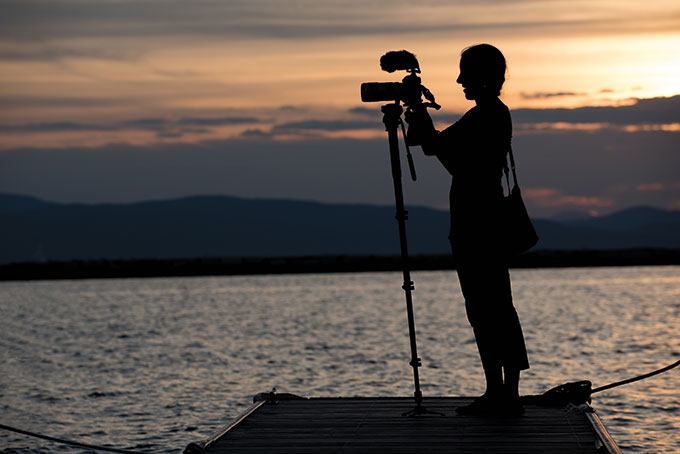
Every Approach is Different
All three of these filmmakers do everything themselves, from client relations to capturing the footage and editing the final product. However, each approaches her films differently—with the exception of the early planning stages, which includes video chatting, a phone call, or a questionnaire filled out by the couple. Generally, these conversations reveal how the couple met, what they hope their wedding video will capture, and any sensitive information about guests the filmmaker should know before the event.
Simone aims to produce a documentary film that’s 18 to 35 minutes long. Generally, she produces 18 to 20 films a year, and she tries to turn around the final product four to eight weeks after the wedding day. For a single day of coverage, she charges around $7,800; for a full weekend, prices start at $10,800. In addition to weddings, Simone also shoots elopements in her resort town. Staying on top of all of these projects requires a lot of diligence and hard work. “I run a tight ship,” she says.
When a client books her, she sends them a handwritten note along with a package of maple syrup made by her neighbors. The final product is delivered on a USB drive and is uploaded online through MediaZilla.
On the day of the wedding, Simone aims to be as unobtrusive as possible. “I try to be the easiest part of a client’s wedding experience,” she says. “I learn about their story in advance so that on the day of the event, they don’t even think about what I’m doing.” This involves collaborating with the photographer, often even incorporating him or her into the film.
Simone’s second shooter is her partner, Dave. “His main duties, in addition to being the driver and gear sherpa, are to run all the main cameras for the ceremony and formalities,” Simone says. “I focus on all the audio, story, ‘cutaway’ shots and moments in-between, including the first look.” Many of her clients don’t even know that he is working the event, she notes: “We are real documentary filmmakers. We’re not cinematic, we’re not into the sexy—we’re into the emotion.”
In this respect, Simone finds that being a female filmmaker can work to her advantage. “Women have a lot more intuitive emotions, we can help a groom who is super stressed,” she says. “If the groom wants to cry, he’s not crying in front of my partner, but he might in front of me. Being a woman is a gift in this respect.”
Curry also aims to capture a lot of emotion in her films, although the product she offers is slightly different: a 4- to 6-minute film, along with a few short clips for Instagram and the footage from the ceremony. Everything is delivered online. Prices for her films start at $5,500.
Like Simone, Curry shoots with her husband, Jonathan, although he plays a different role on the day of the wedding. “I’m kind of in the zone, trying to memorize everything,” Curry says. “He’s more like, let’s make everyone happy and have fun.”
Curry follows her couples on social media to get a gist of who they are as people. When they book, they receive a gift of something Curry loves—her favorite tea, for example, and soap from a store near her home in Fredericksburg, Virginia.
On the day of the wedding, her setup is pretty minimal: a Sony a7S II mirrorless camera, along with a video light or two to capture low-light scenes. Otherwise, she mostly works with ambient lighting. One of the reasons Curry keeps things simple is because she began to develop back problems. “My Steadicam setup was too heavy and I was using it too much on the wedding day in a very poor positioning for my body’s alignment, so that my fingers were going numb and my back was always burning,” she explains. “That was a huge warning sign to me that I needed to respect my body and get smarter with my equipment.”
Plus, Curry wants her focus to be on the event. “If I’m fiddling with gear,” she says, “I can’t pay attention to what’s actually happening.”
From what she has observed at her clients’ weddings, male vendors tend to go for the “wow” factor—bigger bouquets if they are the florist, lots of drones and flashy setups if they are the photographer. Women, she asserts, pay more attention to detail. “I don’t want to force anything,” Curry says. “I want the video and audio to speak for itself.”
Wilson’s tagline on her marketing materials is forthright: She is “a woman with a camera, telling your story.” And that pretty much describes her approach onsite, except that she uses three to four different cameras peppered around the venue, with the main camera on a SteadiPod and the auxiliary ones on Manfrotto tripods. “I don’t chase the action,” Wilson says. “I frame the shot and wait for the action to happen.”
When a client books Wilson, she sends them a notebook embossed with their name in their favorite color and some notes on how they can look amazing in the film, including tips on how to declutter a room and make the most of ambient lighting.
A typical package includes a 3- to 4-minute short film, along with a 15- to 18-minute long film, plus 1-minute clips and some stills for Instagram. All of this is uploaded on MediaVilla. Couples can also order a Blu-ray DVD or a USB drive, although they do so rarely. Generally, she shoots 15 weddings a year and can turn around a first edit within a week. On average, she charges £4,000—or roughly $5,100—for her services.
Wilson aims for the final edit to be cinematic and timeless. “I start with the audio and then use the pictures to bring it to life,” she explains. If the story doesn’t come to her on the day—which, she notes, is rare—she’ll comb through the footage a few times, listening to all of the audio clips until a narrative emerges. In post-production, she’ll typically perform color correction and subtle grading.
Even though Wilson has 20 years of experience working for the BBC under her belt—which, quite frankly, is like being an Olympic athlete of video—people, especially men, still tell her: “You’re a pretty good videographer for a woman.”
“Men think that women have a feminine eye,” Wilson says, implying in that context that it would negatively impact the craft, “but you know what, being a woman is an advantage: Women are more easily able to create bonds with clients.”
Wilson notes that all of her clients have since become good friends. While some of the grooms find her to be bossy (“but they love this because they know I know what I am doing,” she notes), her brides trust her and are at ease by her demeanor on the day. “I even have a small bottle of Rescue Remedy in my kit bag for when they’re feeling nervous,” she says.
Challenging Stereotypes
Perhaps unsurprisingly to some with experience working in the wedding industry, Simone, Curry and Wilson all reported hostility and patronizing behavior when they asked technical questions on Facebook groups devoted to wedding filmmakers.
Simone remembers a female colleague posting that she had recently purchased a RED camera, which opened her up to streams of abuse in the comments, including men telling her that she didn’t have enough experience to use it.
Wilson experienced the antagonism directly when she asked a Facebook group whether they found CS or SD cards more stable. Comments on the post included suggestions to put the cards in the toaster or freezer, implying not only that she leave the industry but recasting the antiquated principle that a woman’s place is in the kitchen.
The only way to respond was to get off those Facebook groups populated by testosterone-driven gear heads, the filmmakers say, and to build communities where they feel safe asking questions. Wilson went on to found a female-only filmmaking Facebook group where women could post victories and ask technical questions without judgment. She also founded Evolve Retreats and Solo Sessions, where she put her training as an instructor at the BBC’s Academy College of Journalism to good use running female-only retreats in Switzerland.
The next hump female creatives face, Wilson says, is having more confidence to charge what their work is worth. All of the women she trains charge far less than they should be for the quality of work they’re doing. “I just think men find it ‘easier to close’ on a job and also don’t feel guilty for charging what they’re worth or even more,” she notes. “It’s a confidence thing and I hope in time it’ll change.”
After having attended the POSH annual conference for female photographers and filmmakers for nine years, Simone founded Relevant, a workshop for New England-based wedding professionals, with photographer Brea McDonald. Although the workshop is not specifically for women, it happens to be populated by many female creatives. “It’s a super safe place where people feel welcome and loved and can share and learn together,” she says.
Curry has also found refuge in online groups dedicated specifically to female filmmakers, where she can ask questions that she knows wouldn’t go over well with a male audience. “I can say stuff like, ‘How do you carry your stuff? It hurts my body, I can’t push myself or else I get injured.’ ”
She reiterates that it’s not the gear that makes for an amazing film but instead, the motivation behind it. “Anyone can work a camera, or make an animation, but what surpasses time is your idea,” she says. “No one can take that away from you.”
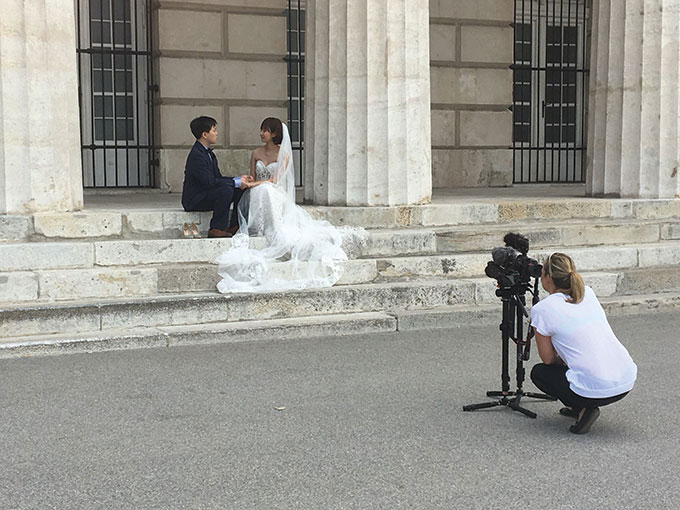
prepping brides for their films: Emma Wilson’s Top Tips
The Location
While it may be sentimental for your client to get ready in a childhood bedroom, teddy bears and boy band posters might not be the best backdrop for such an intimate moment. Recommend a parents’ bedroom or somewhere with more space to capture the action and an abundance of natural light. Clean up the room you plan on filming in, and ask the makeup and hair artist to keep their stations neat as well.
The Look
Wilson will suggest that the bride get herself and her bridesmaids matching robes for getting-ready photos. She’ll also ask that whomever helps the bride get her dress on be already dressed in their day-of outfit. “There’s nothing worse than a gorgeous close-up of a dress being buttoned up the back—with sleeves of a bright mustard yellow cardigan,” Wilson notes.
The Parents
Fathers in particular are often nervous before seeing their daughters for the first time in their wedding dresses, Wilson says. To allay this, she’ll ask brides to chat with their dads the day before to loosen them up, and on the day, prompt him with questions like, “How do I look?” to get the conversation started for the film.
Related: Photographer (and Filmmaker) You Should Know: Amber Gray
How to Be a One-Person Superstar Film Team at a Wedding
How to Edit Your Wedding Films Like a Pro

